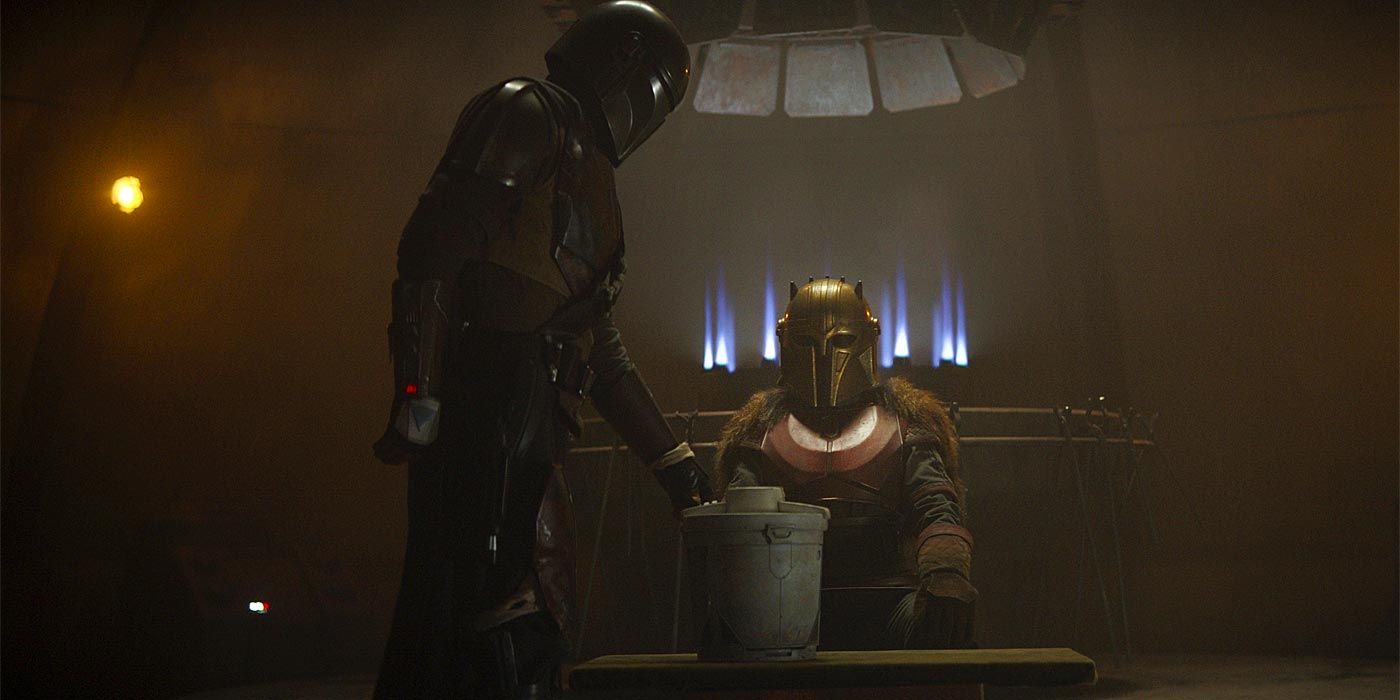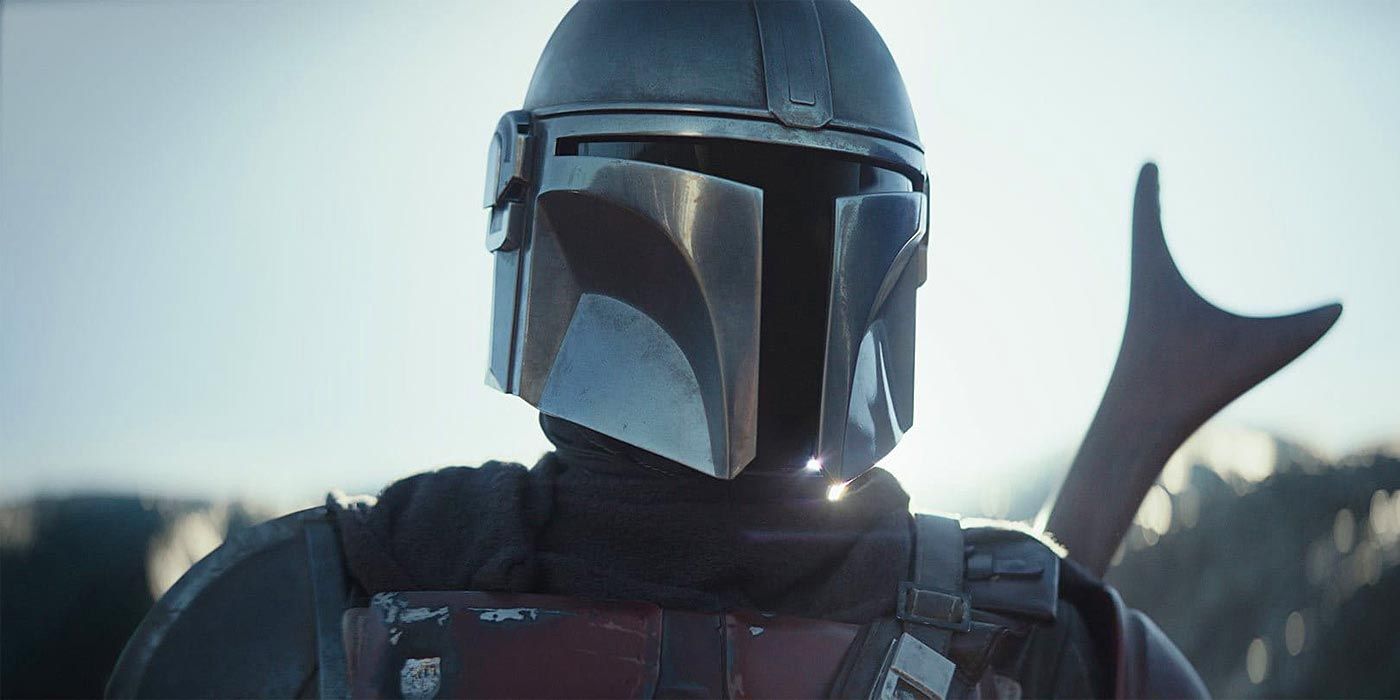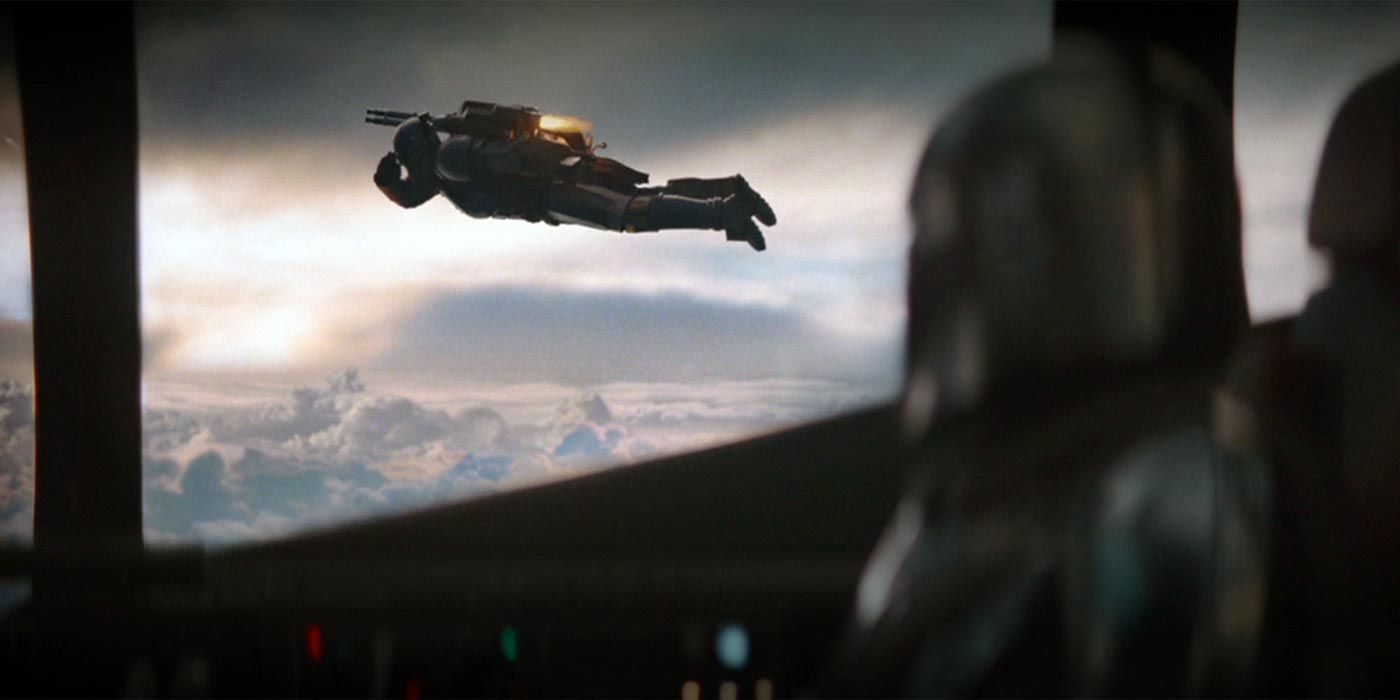
For both hardcore Star Wars fans and more casual fans of the franchise, The Mandalorian might be the most in-depth exposure to the Children of Mandalore ever. While Boba Fett might be the most well-known Mandalorian, the Disney+ series has already proven that there's still so much unexplored territory with this warrior clan.
While the extended canon of Star Wars -- now known as the Star Wars Legend canon -- might explore Mandalorian culture in-depth, much of that has been swept away in the current canon, which makes it difficult sorting through the old lore. Now, we're taking a look at what's still canon, what no longer matters to better understand what it means to be a Mandalorian.

Mandalorians occupy a particularly unique position in Star Wars history. Even before the Old Republic established dominance over the Galaxy's systems, Mandalorians proved to be a fearful presence throughout the galaxy. Originating from the planet Mandalore, this warrior race sought out work as both bounty hunters and mercenaries. They were known to ride Mythosaurs, which, if their new canon nature aligns with the Legends canon, were the dominant species on Mandalore until the early Mandalorian warriors mounted them.
However, a group of Mandalorians, known as the Crusaders, grew weary of just fighting for money. They wanted land. These Crusaders, wielding swords while garbed in traditional armor, declared war on countless planets. They conquered planets such as Kalevala, Krownest, and Concord Dawn. The region conquered by the Crusades became known as Mandalorian Space. Those among the conquered planets worthy of the Mandalorian's strength became one of their people. Those planets with people the Mandalorians saw as "unworthy" ended up decimated.

Eventually, the conquest of the Mandalorians extended beyond the Outer Rims, reaching into the Inner Rim, which put it on a crash course against the newly-founded Old Republic and its Jedi Order. At first, the Jedi and their Force powers overwhelmed the incoming warriors, but the Mandalorians, understanding the might of their adversary, updated their weapons specifically to overcome Jedi.
Not only did these updates put the Mandalorians on par with the Jedi, but it actually, from time to time, gave them even an edge above them. The Mandalorians gained a near unmatched reputation as the warrior race that could challenge and overcome the Jedi forces. Even during the Clone Wars, their legacy remained in tact.
But, eventually, it came to pass that Tarre Vizsla, a member of the noble Mandalorian House Vizsla, joined the Jedi Order. Tarre created a unique lightsaber: the Darksaber. This slightly shorter blade responded to heightened emotional states, resonating with emotions by increasing its power and potency. It also drew lightsaber blades toward it, which would make it easier to parry incoming strikes.
With the Darksaber's might, Tarre became the sole leader of Mandalore. While the Jedi later honored Tarre by placing the Darksaber in a place of honor on Coruscant, the Mandalorians would later take it back and use the blade in a series of civil wars that resulted in the various houses of Mandalore for a short period of time.
Sadly, warrior pride divided the Mandalorian people, which resulted in a civil war that the Jedi capitalized on. The final battle between the divided Mandalorian houses and Jedi resulted in the Mandalorian Cataclysm, an event that left the planet a scorched, lifeless desert.

The Mandalorians could no longer expand, which forced the Mandalorians to adapt. They built domed cities on Mandalore, all while also building colonies on other worlds. As the Republic expanded its reach throughout Mandalorian Space, the Mandalorians became an insular, underground religion of warriors, all following the traditions, all dreaming of emerging topside once more to reclaim their rightful place as warlords.
However, in the years before the Battle of Naboo that kicked off the prequels, the Mandalorians fell into a second civil war, most often referred to as the Mandalorian Civil War. The primary parties in this conflict were the old warriors and the New Mandalorians, led by one Satine Kryze. Kryze saw that Mandalore's warrior obsession would only result in more self-destructive bloodshed, and thus fought for a safer tomorrow -- one that focused on rebuilding their society and peace. While Satine ultimately won, the warriors didn't go away, but rather formed a new alliance of underground warriors known as Death Watch. Death Watch aligned with Count Dooku during the Clone Wars, all in order to inspire Mandalore to return to its warrior ways when the Republic intervened in Mandalore's politics.
Eventually, Darth Maul overtook Death Watch, then killed Satine. Shortly after, Maul's hold over the Mandalorians collapsed. Their space was later occupied by the Empire, and they were once again forced into hiding.

While the Mandalorian's peak came at the start of the Old Republic, the Mandalorians remained, even when in hiding, warriors. Mandalorian culture is structured like a pyramid. The Mand'alor leads, with Protectors serving under them. Under the rule of the Protectors are the Houses, consisting of family clans. The New Mandalorian rule under Satine attempted to adapt a more democratic government, though this ended up being mostly undone following New Mandalore's collapse.
Mandalorians are honorable warriors who follow a few very strict rules of conduct. They prefer one-on-one battles to the death over underhanded tactics. This includes enemies that are particularly stronger than them. Mandalorian armor is designed to contain various weapons that produce an arsenal capable of taking down a Force User, like a Jedi. The armor is made from beskar, a metal capable of resisting blast damage, and they fight using a mix of martial arts, ranged combat, and melee combat.
That said, they are still interested in artistic endeavors. Even before New Mandalore, the Mandalorians engaged in Cubism, most often depicting scenes of war using strongly-angled shapes.
While many races can join with the Mandalorians -- most notably, as seen when Darth Maul led the Mandalorian Death Watch -- those not linked to the proud Mandalorian tradition are criticized when they appropriate Mandalorian armor. Most notably, Jango and Boba Fett are not actually Mandalorians. They just dress like them, and the Mandalorians don't appreciate their beskar armor being used for cosplay.
Created by Jon Favreau, The Mandalorian stars Pedro Pascal, Gina Carano, Carl Weathers, Giancarlo Esposito, Emily Swallow, Omid Abtahi, Werner Herzog and Nick Nolte. The first three episodes are streaming now on Disney+.





























































































